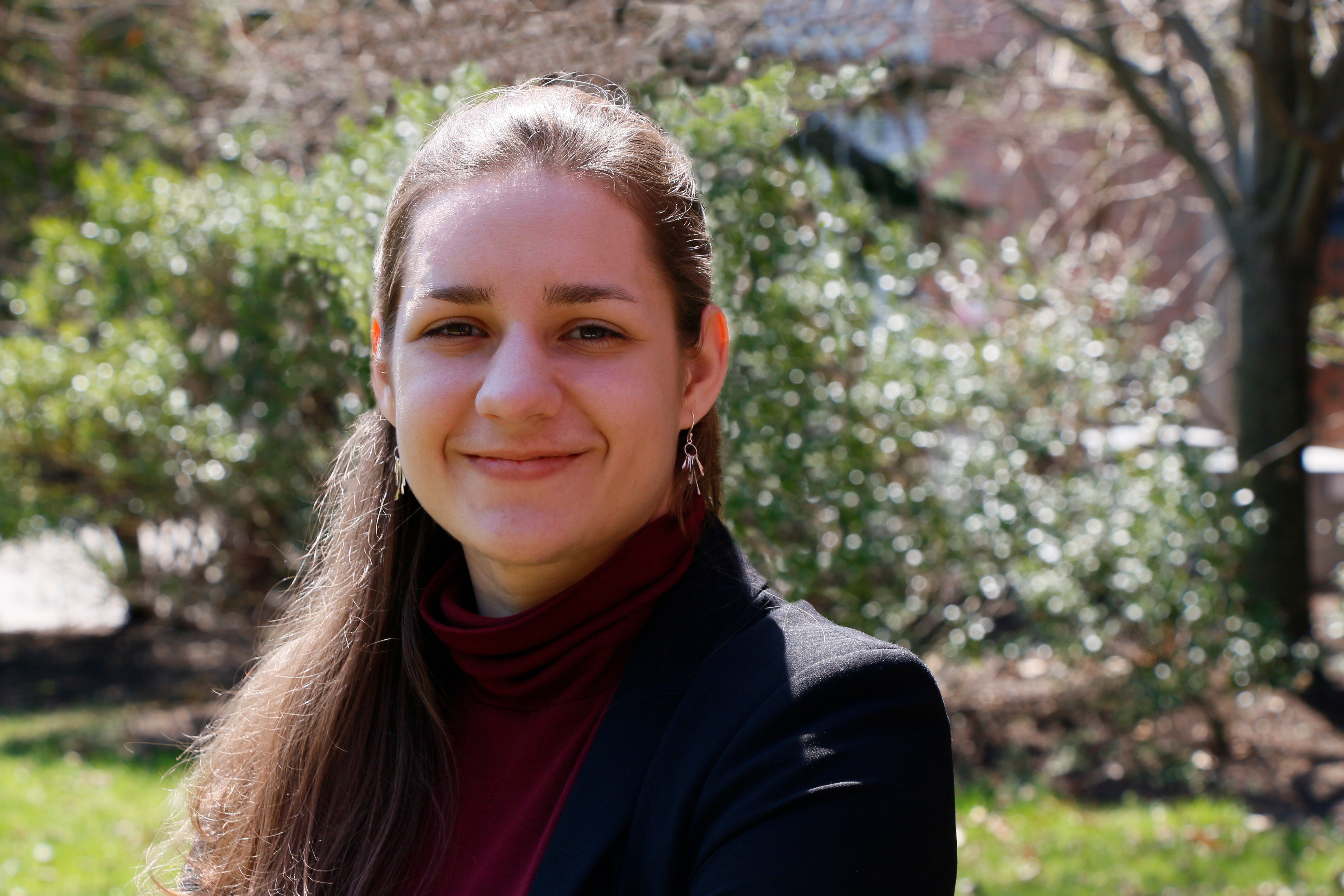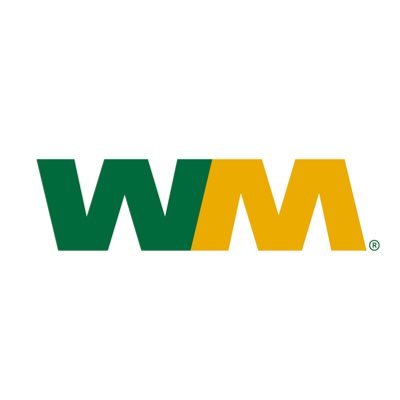Authors
Project Sponsor
On-Campus Mentors









Per- and polyfluoroalkyl substances (PFAS) are a group of synthetic compounds that are of increasing environmental concern due to their harmful effects on humans and ecosystems. Because of their common usage in products like cookware and waterproof coating, PFAS frequently end up in landfills, where they will make their way into the wastewater stream known as leachate. The presence of PFAS in leachate is not currently regulated, but guidelines are anticipated within the year of 2021, meaning in situ treatment may be required. Team Niffler tested and compared two methods of PFAS removal using activated carbon and foam separation. Results received thus far show that foaming is an effective means to remove 67% overall PFAS, excluding PFOA, with which we had contamination problems. Leachate treated with only GAC had an overall removal rate of 75%, whereas both treatments together yielded a lower removal rate at 64%. These results generally suggest that both methods may be viable for PFAS removal at the landfill.




